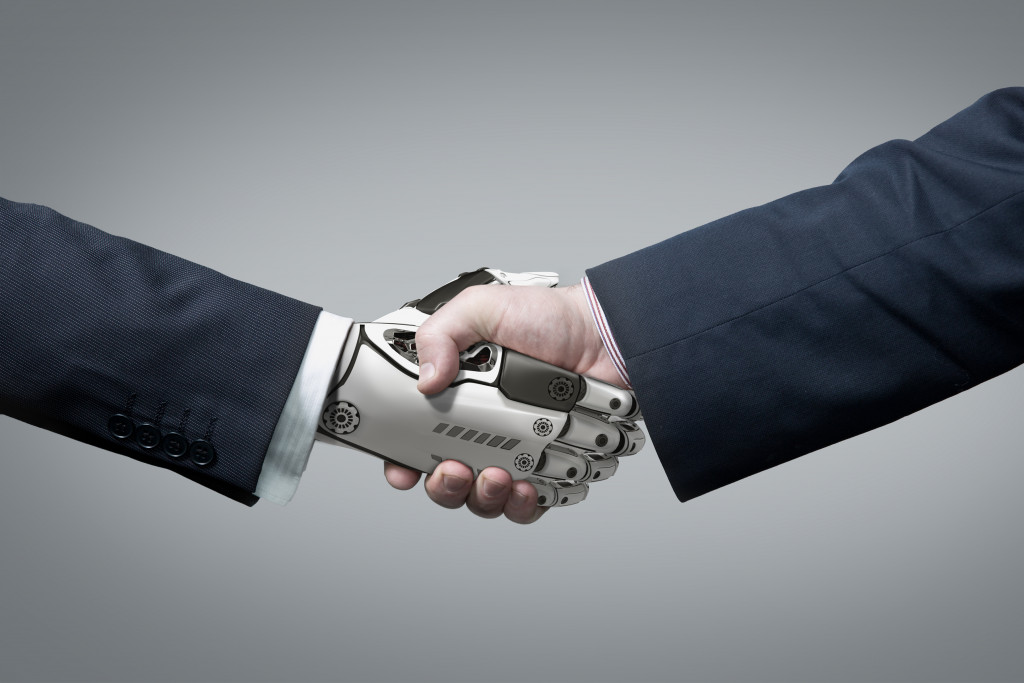It’s no secret that our greatest advantage over the stronger species on the planet is our superior intelligence. Had we not that, we would be powerless to counter the attacks of a marauding lion or a berserk gorilla. But thanks to our ability to create (e.g., weapons, traps), we are well beyond these animals when it comes to their choice of victims.
In reality, the reverse has become true. For one, lions are closed to becoming endangered species, with 60% of these animals killed for sports and shipped to America as trophies.
But human intelligence is now being passed to machines. Indeed, artificial intelligence (AI), the ability of machines to think as humans do and mimic our actions, is taking the world by storm. The prospect bears with its endless possibilities, but not without some apprehensions. No less than the tech billionaire Elon Musk expressed his apprehensions over AI. He fears that sometime in the future, these creations are bound to overtake us all.
The good news is AI is now actually helping our industries grow these days. Unlike Musk’s vision, never has there been a more promising time for AI. Specifically, artificial intelligence and machine learning boost the manufacturing industry and give us better products in the process.
Machine Maintenance
There’s no doubt that keeping production equipment operational is key to a more efficient manufacturing process. Without functional machines, how could production meet the target goals and KPIs? And increasingly, manufacturing leaders have tweaked their management style to ensure such an end is met. Instead of the old-school repair responsive maintenance, they found out that the better way to do it is via predictive maintenance.
It would definitely save you a lot if you can predict which parts in your car needs attention before that particular part reaches breaking point. You are in a better position to create a smooth driving experience.
Predicting which machine in your assembly line needs attention can save you a lot of dollars. For instance, with such predictive maintenance factored in, you can make the most of a piston filler machine, one of the most used types of machinery in the food industry.
And this is where AI is at its most useful. By deploying artificial intelligence combined with machine data, manufacturing managers can zero in on eminent failures to factor in preventive maintenance ahead of time. Take note that AI can sort through the complex numbers to give you possible loopholes in your system.
For one, maintenance managers are relying on prescriptive maintenance. This takes maintenance to a whole new level. By combining predictive failure data with pertinent business data (shift schedules, workloads, risk factors, cost), you can optimize maintenance management a lot better.
Workplace Safety

Another key area where AI can be of tremendous help is workplace screening, a common routine in light of the virus. AI’s ability to crunch numbers and arrive at possibilities can help identify employees and even monitor employee movement and interactions to aid in contact tracing and facility safety.
The advantage of AI is it can see possible dangers long before they materialize. Factoring long-term solutions, therefore, becomes a lot easier. Imagine how safer your workplace would be if you can predict possible slips and falls before they happen. Additionally, AI can speed up root cause analysis should accidents happen. This allows you to come up with better methods to improve the system.
Physical Security and Building Management
When you have a big industrial building, chances are your security could be stretched thin. Plenty of manufacturing facilities, for one, have to play a tight balance between securing the premises and keeping company assets and workers safe. Such could leave you to forego deploying ample security personnel, leaving your workers at risk.
Again, AI can play a significant role here. Its ability to come up with security solutions can help manufacturing plants minimize their costs while at the same time protecting their interests. The technological advancements we have in cameras coupled with building management systems can be inputted into AI technology, so security solutions can be implemented to thwart possible breaches in security before they happen in real-time. We’re talking about active shooter scenarios, theft, and delivery vehicle arrival, for instance.
Machine Vision

Machine vision combined with AI can have tons of benefits in a manufacturing plant. There are many ways such an application can benefit the industry ranging from warehouse to production to fleet management. Even better, these solutions are relatively cheap, reason enough for their speedy uptake.
For instance, in the warehouse and a company’s logistics, AI and machine vision can help increase capacity and lessen the transaction load. How? It can eliminate the need for employee scanning. As machine vision provides the input, AI can digest everything happening and detect if things are out of the ordinary.
From the looks of it, there is no need to fear AI. You have to understand it to make the most of it and utilize it efficiently in your facility.
